Red Custard Apple (Annona reticulata)
Original price was: ₹489.00.₹99.00Current price is: ₹99.00.
1 in stock
Size: Single Plant | 2.5″ Pot Included
The Red Custard Apple (Annona reticulata) is a tropical fruit tree that requires specific care to thrive and produce its delicious fruit.
Here’s a comprehensive guide to Red Custard Apple (Annona reticulata) care:
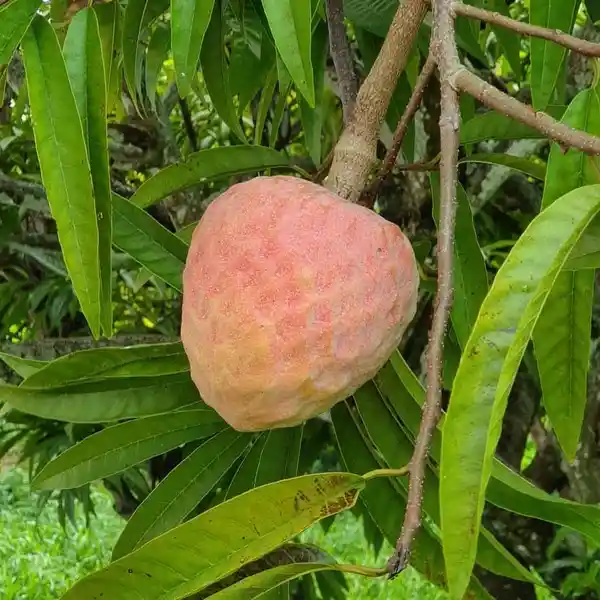
1. Climate and Location:
- Climate: Red Custard Apple thrives in warm, tropical to subtropical climates. It prefers hot, dry conditions for flowering and high humidity for fruit setting.
- Temperature: The ideal annual temperature ranges from 17°C to 27°C (63°F to 81°F). Mature trees can tolerate light night frosts down to -2°C (28°F), but young plants need protection.
- Sunlight: It needs at least 6-8 hours of direct sunlight daily for optimal growth and fruit production. While it can tolerate partial shade, more sun leads to better fruiting.
- Wind Protection: Protect the tree from strong winds, especially when young.
2. Soil:
- Type: It prefers rich, well-drained soil with good organic content. Loamy soil with a slightly acidic to neutral pH (5.0-8.0) is ideal.
- Drainage: Excellent drainage is crucial as the tree is intolerant to waterlogging, which can lead to root rot.
- Soil Preparation: When planting, dig a hole twice the width of the root ball but not deeper. Amend the soil with compost or well-rotted manure to improve fertility and drainage.
3. Watering:
- Regular Watering: Water regularly, especially during the growing and fruiting seasons. Keep the soil consistently moist but not waterlogged.
- Watering Frequency: Allow the topsoil to dry slightly between waterings. Reduce watering during the winter dormancy period.
- Deep Watering: Provide deep watering to encourage the development of a strong root system.
4. Fertilizing:
- Young Trees: For the first year, apply a balanced organic fertilizer once a month.
- Mature Trees: After establishment, fertilize 2-3 times a year, especially during the flowering and fruiting seasons. Use a balanced fertilizer or one higher in potassium and phosphorus to promote flowering and fruiting.
- Slow-Release Fertilizer: A slow-release granular fertilizer applied in spring or fall can provide continuous nutrients.
- Organic Options: Cow dung manure, neem cake powder, and banana peel powder can also be used.
- Foliar Spray: During fruit development, a foliar spray with micronutrients can be beneficial.
5. Pruning:
- Minimal Pruning: Generally, minimal pruning is required.
- Dead or Overlapping Branches: Remove any dead, damaged, or overlapping branches to improve airflow and sunlight penetration.
- Shaping: Prune lightly to shape the tree and keep fruits within reach, as the tree can grow to 20-25 feet tall.
- Timing: Pruning is best done after harvesting or in late winter/early spring before new growth begins. Avoid heavy pruning during the winter months.
6. Pollination:
- Self-Fertile: Most Red Custard Apple varieties are self-fertile, meaning they can set fruit with a single tree.
- Hand Pollination (Optional): If fruit set is poor, hand pollination can be done in the early evening by transferring pollen from a mature male flower to a receptive female flower using a small brush.
7. Pests and Diseases:
- Common Pests: Watch out for pests like aphids, mealybugs, scale insects, and fruit flies.
- Control: Horticultural neem oil can be sprayed directly onto insects for control. Repeat applications may be necessary. Encourage beneficial insects like ladybugs. Fruit netting can protect developing fruits from fruit flies and birds.
- Common Diseases: Potential diseases include powdery mildew, anthracnose, and root rot.
- Prevention: Ensure good air circulation through pruning and avoid waterlogging to prevent fungal diseases. Remove and destroy any infected plant parts.
8. Propagation:
- Seed: The most common method. However, grafted plants fruit earlier and maintain the characteristics of the parent plant.
- Grafting and Budding: These methods are used to propagate specific varieties and ensure desirable traits. Seedlings of common custard apple can be used as rootstock.
9. Harvesting:
- Fruiting Time: Grafted Red Custard Apple trees typically start bearing fruit within 2-3 years of planting. Optimal fruiting occurs after 3-4 years.
- Harvest Season: Depending on the region, the harvest time can vary from late winter to spring or July to September.
- Ripeness: The fruit will change color to a reddish-brown hue and become slightly soft to the touch when ripe.
10. Container Growing:
- Suitable: Red Custard Apple can be grown in large containers (12-18 inches) with good drainage.
- Care: Container-grown trees will require more frequent watering and fertilization than those planted in the ground. Ensure they receive adequate sunlight.
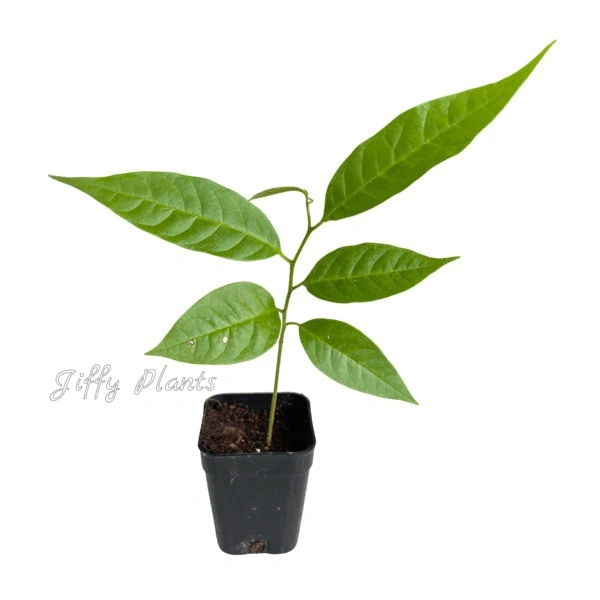
By following these care guidelines, you can successfully grow a healthy and productive Red Custard Apple tree and enjoy its unique and delicious fruits. Remember that specific conditions in your local area may require slight adjustments to these general recommendations.
Only logged in customers who have purchased this product may leave a review.

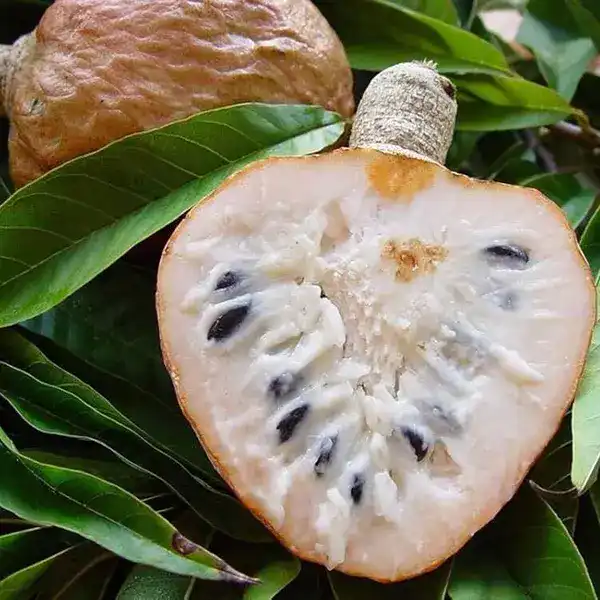
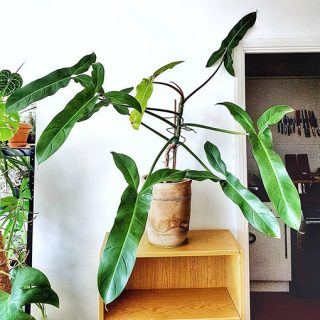


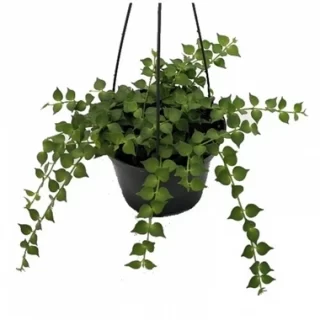
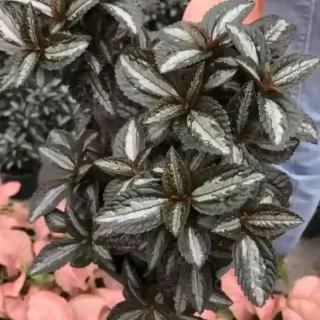



 If you need any assistance, I'm always here. Have you found what you were looking for?
If you need any assistance, I'm always here. Have you found what you were looking for?
Reviews
There are no reviews yet.